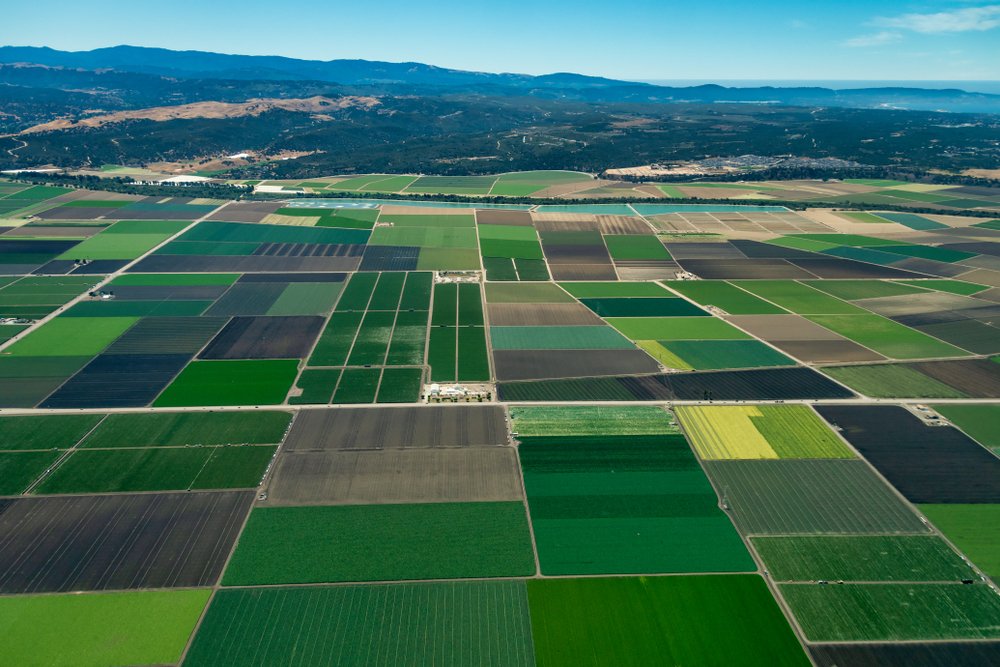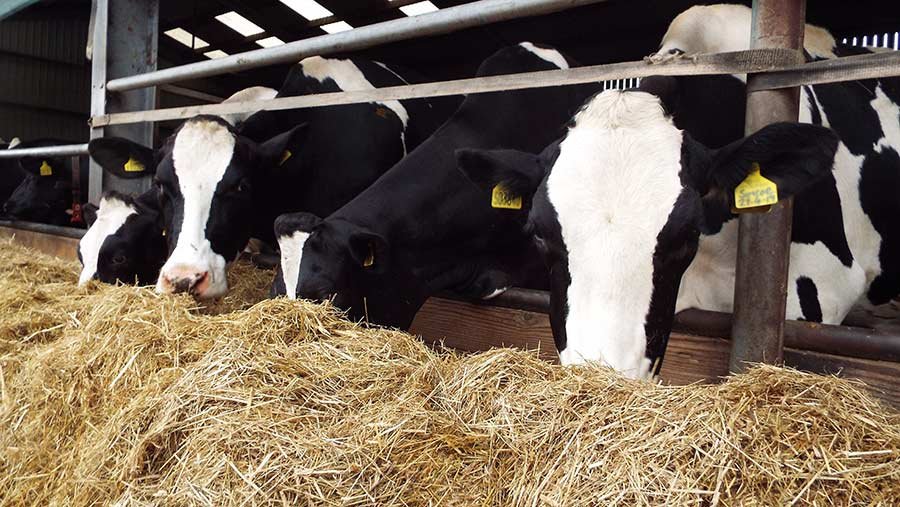Some retailers and food manufacturers are responding by offering more discounts and promotions – a strategy that could generate foot traffic and boost unit sales but also squeeze margins as wholesale prices for key commodities continue to rise – albeit less than this summer and slower than expected, according to financial data released this week by the Labor Department.
Industry stakeholders looking for relief are calling on the federal government to help ease supply chain volatility, which plays an outsized role in the extent of inflation and where it hits.
Inflation may be cooling, but historic highs still threaten economic growth
On the whole, economic indicators released earlier this week suggest inflation may be cooling, but wholesale prices remain at historic highs and consumers, while still spending, are reassessing where to allocate funds.
In October, the Producer Price Index, which measures the cost companies pay for finished goods, rose 0.2% from September – half the expected 0.4% increase expected by Dow Jones – continuing a downward trend in the year-over-year percent change of selected PPI final demand price indexes that began in June.
And while the deceleration is giving some economists hope that inflation has plateaued, this is cold comfort to some who are still grappling an 8% year-over-year increase in the PPI.
Within food, the PPI is even higher – up 10.4% year-over-year and 25.9% above pre-pandemic levels reported in February 2020, notes the Consumer Brands Association.
According to the PPI, the prices for key food commodities continue to climb – in some cases triple digits and in many double digits. For example, the price of eggs is up 158% year-over-year, while grain is up 29%, pasta 37%, dairy products 18% and turkeys a staggering 40% just when many Americans are looking to buy them as the centerpiece for their upcoming Thanksgiving meals.
“There are countless factors impacting production costs right now as ongoing supply chain disruptions are constantly at play,” CBA’s vice president of supply chain Tom Madrecki said in a statement.
He noted that many industry players are doing what they can to minimize the impact of higher input costs, including adjusting their inventory strategies, staffing and recruitment models and their shipping decisions.
Despite these efforts, many continue to pass price increases on to consumers, with several CPG players announcing this month additional increases going into effect in the third quarter or upcoming fourth quarter.
Consumers are pulling back on discretionary spending, including within grocery
So far consumers have absorbed price increases with elasticities holding steady and the most recent Census Bureau Retail Report shows a modest 1.3% month-over-month increase – which while small is still the largest increase in months.
However, consumers’ ability to absorb prices may be running out as cooling temperatures force many to shift their spending to cover higher heating and energy bills – pulling funds from other areas that so far have remained relatively unscathed, including grocery, suggested retail and consumer behavior expert Chip West with Vericast.
“We are now entering, for much of the country, a time when it’s getting colder, so fuel and heating are going to be a big part of consumers’ budgets. Discretionary spending will take a hit from this,” West said.
One way that consumers are mitigating the impact of higher prices and shifting financial obligations is to look for deep discounts and additional savings, and parcel out their funds more slowly, West said.
They also are cutting back on non-essentials, including within grocery, according to 84.51°, the retail data science, insights and media company.
61% of consumers are cutting back on non-essentials like snacks and candy
According to 84.51°’s November Consumer Digest survey, 39% of consumers are buying fewer grocery items and 61% of consumers are cutting back on non-essentials like snacks and candy. It found many are also reducing how much they spend on dairy, deli/meat/fish, produce, drinks, and frozen food, and are altering their plans for the holidays, including 62% who have no plans to splurge on grocery items
To keep pantries full, 84.51° found that 65% of consumers are looking for sales, deals and coupons and 79% plan to use their loyalty cards the same amount or more during the holidays than other times of the year.
Several retailers, including Walmart and Aldi, are responding to consumers’ need for savings with drastic discounts on holiday food – a strategy that is helping them gain market share among consumers who traditionally have not shopped their stores.
Government support is needed to reinforce supply chain security
But discounts and promotions will only go so far as both businesses and consumers navigate ongoing inflation – prompting CBA to look for longer term solutions, including enhanced supply chain resiliency.
Last week, CBA met with stakeholders in a White House roundtable to advocate for support to reinforce the food supply chain from the federal government and the Biden Administration.
In response, the administration called upon the federal government to address threats to the food and agriculture sector in a national security memorandum — a move that CBA lauded but which it also noted may not be enough.
For example, the trade group noted the potential threat of a national rail strike, which was previously avoided in September thanks to a temporary agreement, but which has re-emerged as a new deadline for union negotiations looms in early December.
“The supply chain is improving but is far from where it needs to be to weather disruptions. A rail strike would be a tremendous blow to its recovery and one that must be avoided at all costs,” Madrecki said in a statement.
With this in mind, CBA is calling for potential congressional intervention and supports Wisconsin Democrat Sen. Tammy Baldwin’s Reliable Rail Service Act, which clarify carrier rules and access for essential services.









